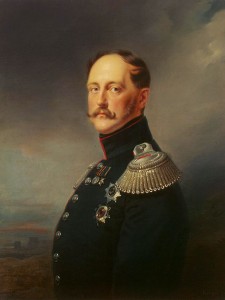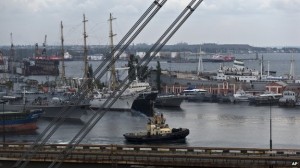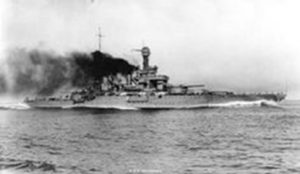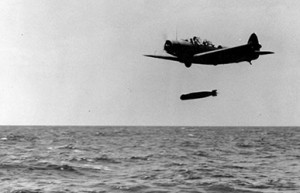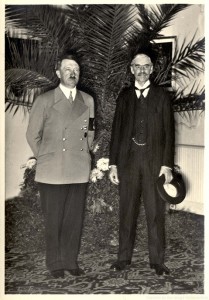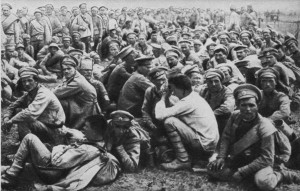Nicolas I of Russia
This younger brother of Alexander I was born in 1796, and became Tsar in 1825 at nearly thirty years old. Any chance that there might have been to make him a reformist monarch was destroyed in the Decembrist Conspiracy. Secret societies had been formed in northern and southern Russia, mostly by army officers who had experienced the West for the first time in their lives during the Napoleonic Wars. One of these, the Prince Volkonsky, wrote: ‘the campaigns of eighteen twelve to fourteen brought Europe nearer to us, made us familiar with its forms of state, its public institutions, the rights of the people. By contrast with our own state of life, the laughably limited rights which our people possessed, the despotism of our regime first became truly present in our hearts and understanding.’ (more…)

